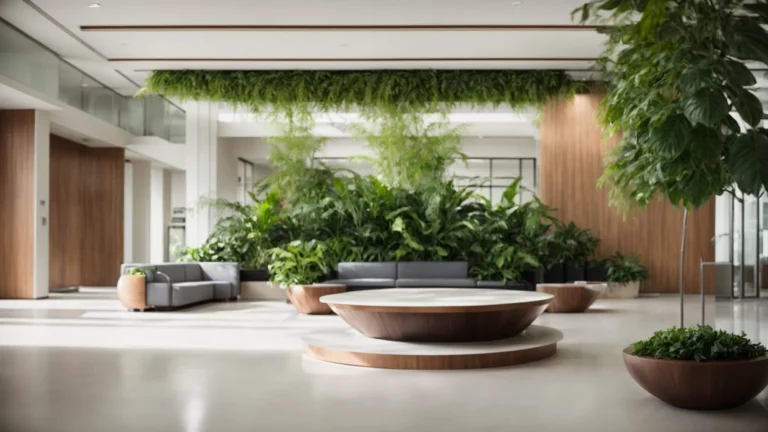As seasons change and weather patterns fluctuate, creating the perfect outfit for any type of weather can be a daunting task. The key is to find versatile pieces that can be easily mixed and matched, layered, or modified to accommodate any weather condition. In this article, we will break down how to put together stylish and practical outfits for various weather conditions, so you can look and feel your best no matter the forecast. Keep reading to learn more!
Mastering the Art of Layering

One of the most important elements of dressing for any type of weather is mastering the art of layering. This means incorporating various pieces of clothing that can be easily added or removed depending on changes in temperature and conditions. Start with a base layer of moisture-wicking material, such as a lightweight, long-sleeve shirt or leggings, that can keep you warm but also allow your skin to breathe. This is especially beneficial during transitional seasons when the weather can change rapidly throughout the day.
Next, add a mid-layer, such as a cozy sweater or a women’s jacket, that provides additional warmth and can be worn alone if the temperatures rise. Opt for materials like fleece or wool, which are excellent insulators but also allow for air circulation. When choosing a top layer, consider investing in a versatile, water-resistant raincoat or trench coat that can be worn over your outfit to protect you from sudden downpours, mist, or snow.
Choosing the Right Fabrics
When it comes to dressing for different weather conditions, the fabrics you select play a significant role in ensuring your comfort and protection from the elements. Breathable fabrics like cotton, linen, and bamboo are excellent choices for hot and humid weather, as they allow air to circulate and help wick moisture away from your body. On the other hand, materials like wool, down, and fleece are known for providing warmth and insulation, making them ideal for colder temperatures.
In addition to choosing the right materials for the main components of your outfit, consider the need for water-resistant or waterproof outerwear, especially during the rainy season or in wet climates. A high-quality raincoat, trench coat, or waterproof jacket can shield you from the elements without sacrificing style. Similarly, selecting shoes made from water-resistant materials like leather or rubber can help keep your feet dry and warm during inclement weather.
Adapting Colors and Patterns to the Season

Another aspect to consider when dressing for any type of weather is the colors and patterns you incorporate into your outfits. Seasonal colors can have a significant impact on your overall appearance and help you achieve a cohesive, well-coordinated look. Generally, lighter shades and bright colors are associated with spring and summer, while darker hues and earth tones are more fitting for fall and winter.
When it comes to patterns, consider incorporating seasonal motifs, such as florals for spring, nautical stripes for summer, plaid or houndstooth for autumn, and winter-themed prints, like Fair Isle or Nordic designs, during the colder months. Incorporating seasonally appropriate colors and patterns into your wardrobe will help you create a polished and cohesive look that can easily adapt to any weather situation.
Considering Comfort and Functionality
Lastly, when dressing for any type of weather, it’s essential to prioritize comfort and functionality. While style is undoubtedly a vital consideration, your outfit won’t be successful if it doesn’t serve its primary purpose of protecting you from the elements and keeping you comfortable throughout the day. This means considering factors like insulation, breathability, moisture-wicking properties, and weather resistance when selecting your clothing and outerwear.
Furthermore, take note of the specific activities or situations you’ll be participating in while wearing your outfit. For example, if you’re going to be walking long distances or spending time outdoors, you’ll want to choose comfortable, durable footwear and opt for clothing that allows for ease of movement. By prioritizing comfort and functionality, you can ensure that your outfits are both stylish and practical, regardless of the weather conditions.
Overall, the key to creating the perfect outfit for any type of weather lies in mastering the art of layering, choosing the right fabrics and materials, incorporating seasonally appropriate colors and patterns, and prioritizing comfort and functionality. By keeping these elements in mind, you can confidently face any weather situation while looking stylish, sophisticated, and, most importantly, comfortable.











